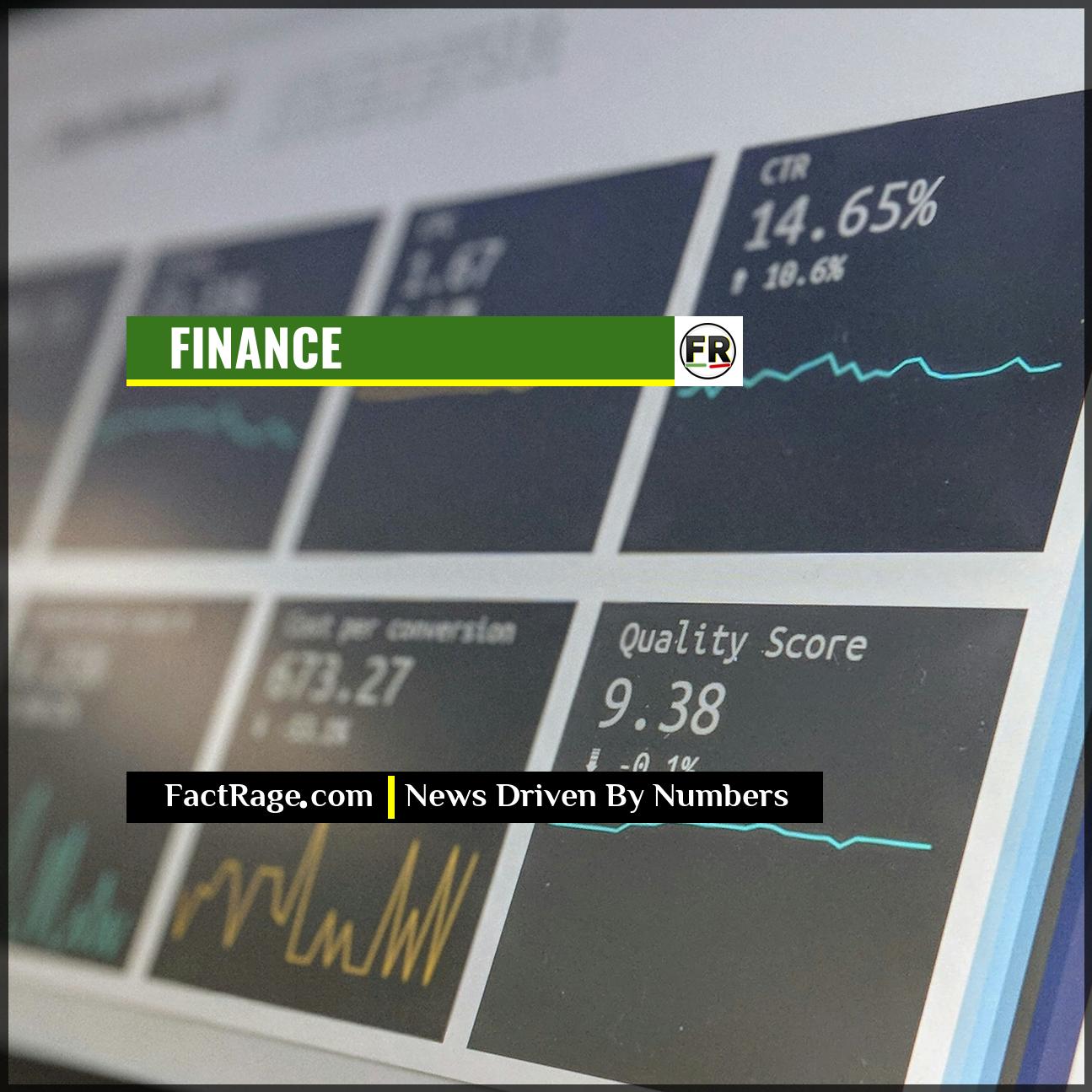FACTRAGE – A confluence of intensifying climate-related disasters and escalating cyber threats is fundamentally reshaping the business insurance market, driving up premiums and forcing companies to reassess their financial exposure.
- Surging Premiums – Commercial property insurance premiums have seen double-digit percentage increases nationwide, with rates in disaster-prone areas rising over 50% as insurers adjust to higher-than-expected losses.
- Coverage Gaps – Insurers are increasingly reducing coverage, adding exclusions for specific events like floods or certain cyber-attacks, or exiting high-risk markets altogether, creating significant coverage gaps for businesses.
- Dual Threats – The tandem risks of catastrophic weather events, which caused an estimated $108 billion in insured losses in 2023, and sophisticated ransomware attacks, are the primary drivers of market instability.
These mounting pressures are creating a new reality for businesses of all sizes, where the once-stable backstop of insurance is becoming more expensive and less certain.
Beyond the Premium: A Balance Sheet Reckoning
![]() It’s tempting to view soaring insurance premiums as just another line item hit by inflation, but the numbers tell a much more consequential story. This isn’t just about higher costs; it’s about a fundamental market reckoning with the quantifiable liabilities of climate and cyber threats. The balance sheets of businesses, large and small, are now directly reflecting the price of risk in a more volatile world.
It’s tempting to view soaring insurance premiums as just another line item hit by inflation, but the numbers tell a much more consequential story. This isn’t just about higher costs; it’s about a fundamental market reckoning with the quantifiable liabilities of climate and cyber threats. The balance sheets of businesses, large and small, are now directly reflecting the price of risk in a more volatile world.
Read On…
Below, we break down the data driving this market shift and outline the new strategic imperatives for businesses navigating this complex landscape.
What Is Driving the Unprecedented Price Hikes?

The dramatic rise in business insurance costs is not arbitrary. It is a direct financial response to a new era of risk, fueled by two powerful and increasingly costly forces: climate change and cybercrime. Insurers operate by pricing risk, and the data shows that risk is growing at an accelerated rate.
On the climate front, the frequency and severity of natural disasters have created staggering losses. According to the Swiss Re Institute, insured losses from natural catastrophes globally reached an estimated $108 billion in 2023, the fourth consecutive year they have surpassed the $100 billion mark. Events like the recent catastrophic flooding in New Mexico, extensive wildfires in California and Canada, and powerful hurricanes along the Gulf Coast are no longer statistical outliers but part of a predictable, and expensive, pattern. These massive payouts deplete insurer reserves and drive up the cost of reinsurance—the insurance that insurance companies buy to protect themselves—with those costs inevitably passed down to commercial policyholders.
Simultaneously, the digital landscape has become a battleground. The FBI’s Internet Crime Complaint Center (IC3) reported over $12.5 billion in potential losses from cybercrime in 2023. Ransomware remains a primary threat, with attacks becoming more sophisticated and costly. When a business suffers a breach, the costs—from business interruption and data recovery to regulatory fines and reputational damage—can be immense. Insurers covering these events have seen their loss ratios climb, forcing a sharp correction in the pricing and availability of cyber insurance policies.
How Insurers Are Shifting Their Risk Models
In response to this volatile environment, the insurance industry is undergoing a strategic overhaul. Companies are moving away from historical data models and toward predictive analytics, using AI and machine learning to forecast future losses with greater precision. This has led to more granular risk assessments, where two businesses in the same city might receive vastly different premiums based on hyper-local flood maps or specific cybersecurity vulnerabilities.
This shift has also resulted in a strategic retreat from areas deemed unprofitably risky. Major carriers like Allstate and State Farm have publicly announced they are scaling back or stopping the issuance of new property insurance policies in high-risk states like California, Florida, and Louisiana. This business decision leaves companies in those regions in a precarious position, often forced to turn to state-run “insurers of last resort,” which typically offer less coverage at a higher price.
For cyber insurance, underwriters are now demanding far more from businesses seeking coverage. A simple questionnaire is no longer enough. Insurers often require evidence of robust security protocols, including multi-factor authentication, regular employee training, and endpoint detection and response systems. Without these measures in place, a business may find cyber coverage to be prohibitively expensive or entirely unavailable.
What New Strategies Must Businesses Adopt?
The current market dynamics signal a clear message: businesses can no longer afford to treat insurance as a simple annual purchase. A proactive and integrated approach to risk management is now a core requirement for financial stability. This involves investing directly in mitigation to make the business a more attractive risk to insurers.
For physical risks, this can mean structural retrofits to protect against wildfires, elevating critical equipment in flood-prone areas, or installing advanced storm-resistant roofing and windows. For digital risks, it means continuous investment in cybersecurity infrastructure and training, moving from a defensive posture to one of active cyber resilience.
Larger corporations are increasingly exploring alternative risk transfer mechanisms. This includes forming “captive” insurance companies—subsidiaries created to insure the parent company’s risks—or purchasing parametric insurance, which provides a rapid, pre-agreed payout when a specific trigger event (like a hurricane of a certain category or a major earthquake) occurs. While these options are not feasible for most small and medium-sized enterprises, they indicate a broader trend toward finding new ways to manage risk in a world where traditional insurance is becoming a less reliable partner. For many, the new premium is not just a higher price, but a fundamental change in the cost of doing business.
The Price of Resilience
![]() The era of treating insurance as a predictable operating expense is definitively over. The numbers show that risk mitigation is no longer a secondary concern but a primary driver of financial viability and a core component of corporate strategy. For the foreseeable future, a company’s ability to invest in physical and digital resilience will be directly reflected on its balance sheet, defining the new, and non-negotiable, cost of doing business in an increasingly volatile world.
The era of treating insurance as a predictable operating expense is definitively over. The numbers show that risk mitigation is no longer a secondary concern but a primary driver of financial viability and a core component of corporate strategy. For the foreseeable future, a company’s ability to invest in physical and digital resilience will be directly reflected on its balance sheet, defining the new, and non-negotiable, cost of doing business in an increasingly volatile world.














